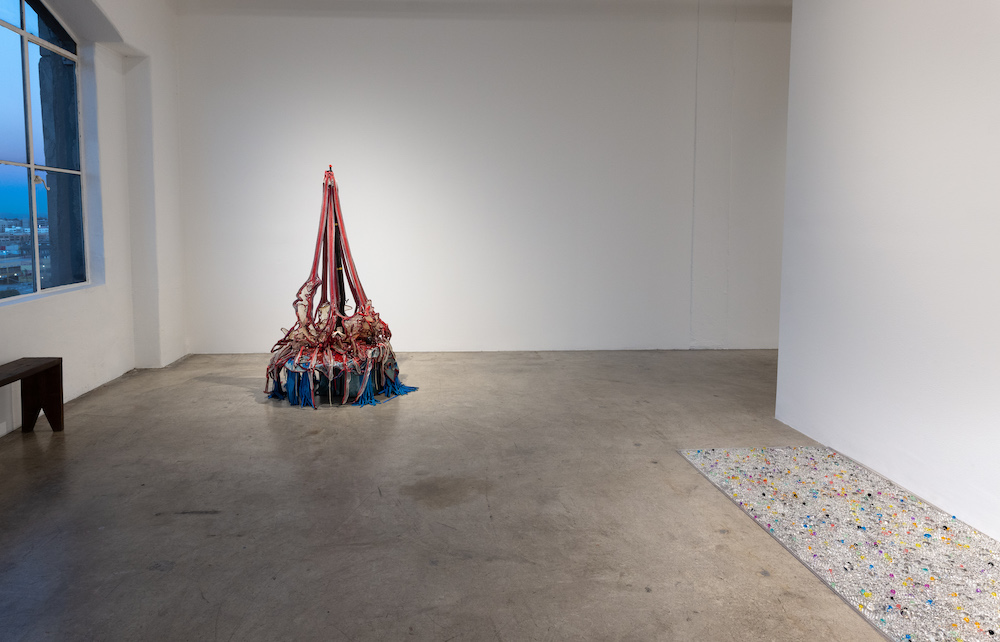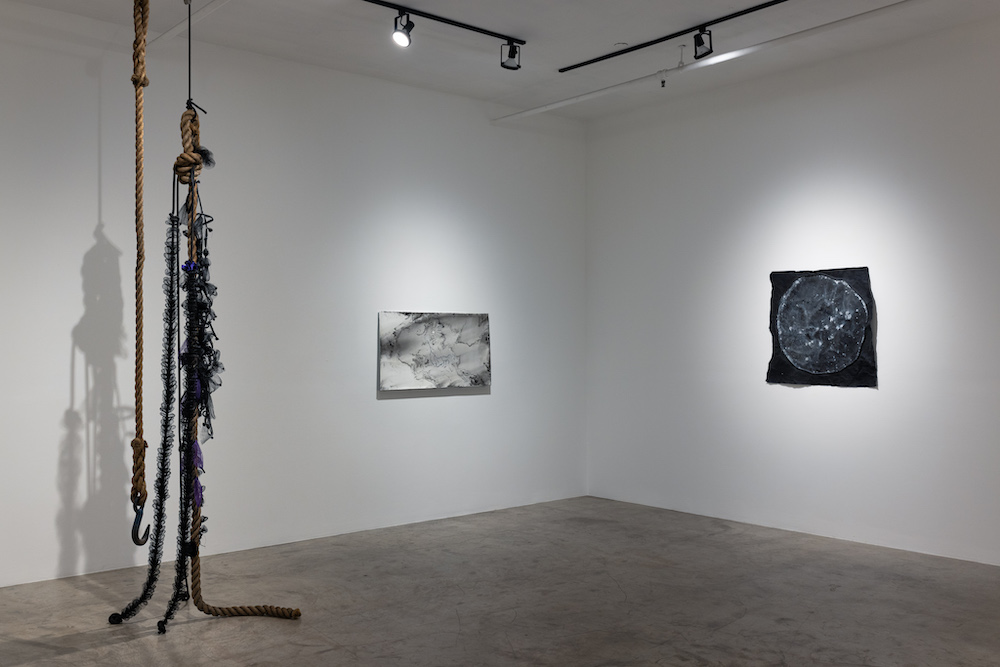Art sector efforts to decarbonize have been highly visible over the past three years as galleries and artists have publicly pledged concerted action to reduce exhibition-related emissions: Nonprofit advocacy groups like Gallery Climate Coalition, Art + Climate Action and Julia’s Bicycle have launched campaigns and provided tools to support change in art sector practices. These developments are important steps for an industry driven by wealth and privilege that, according to carbon analyst and Gallery Climate Coalition advisor
Danny Chivers, generates disproportionately higher emissions than comparably scaled market sectors.
Jenny Kendler, a founding member of Artists Commit, sees this as a critical moment. “What we need now, more than ever,” the Chicago-based artist says, “is to change culture.” The need for urgent measures is underscored by the Intergovernmental Panel on Climate Change’s (IPCC) most recent report, which notes that the window for meaningful action is rapidly closing. In the words of UN secretary-general António Guterres: “The climate time bomb is ticking.”
Kendler, who was the first Natural Resources Defense Council Artist-in-Residence, has long made climate action a cornerstone of her art practice and, more broadly, her engagement with the world. Long before COVID and the ubiquity of Zoom, she limited her air travel, agreeing to give artist talks only when Skype was an option. “This is a systemic issue,” she emphasizes, “We need each and every artist to be a part of the global climate movement, in whatever ways they have capacity to do so.”
To be a partner for change, she says, means “making choices that benefit life as a whole, rather than working toward personal or short-term gains, status or purely economic benefit.”

Jenny Kendler, “Dear Earth” (21 Jun. –3 Sep. 2023), installation view. Photo: Mark Blower. Courtesy of The Hayward Gallery.
Kendler advocates considering an artwork’s lifecycle at its inception. While this can mean thinking about the type of materials that compose the work—Kendler prefers working with recycled or ephemeral materials—equally important, she notes, is how it’s “produced and transported, where it goes after it is exhibited, and how capital flows into and out of the project.” Her installation Birds Watching III, for example, which was on view this summer in the Hayward Gallery’s ecology-oriented exhibition “Dear Earth,” was fabricated entirely with recyclable materials. The work will travel to the London Zoo to raise awareness about the zoo’s conservation efforts with critically endangered birds. After that, she hopes to find a permanent home for it and plans to use the proceeds for climate and conservation work.
Debra Scacco, an artist, curator and organizing member of Artists Commit, believes that artists are ideally positioned to introduce climate-conscious practices when working with institutions. Gallery, museum and nonprofit staff may not feel empowered to address climate, she says, but “if we consistently present this as a serious concern and, where appropriate, a part of the work, host venues will generally sign on in some way.”
A transplant from London, Scacco moved to Los Angeles in 2012 and quickly focused her art practice on the ecology of the Los Angeles River. In 2017, she founded Air, a residency that allowed artists to pose questions about specific climate challenges and engage with “systems that require critical change.”
Air worked in collaboration with Los Angeles Cleantech Incubator (LACI), which hosted a series of residency exhibitions throughout 2021. Air’s culminating exhibition, “Song of the Cicada,” at Honor Fraser Gallery presented artists’ findings on research, ranging from wetlands habitats, toxic manufacturing byproducts and climate impacts on natural systems.
“In my own work, I aim to connect each exhibition or event with on-the-ground environmental justice work,” Scacco says. This past fall, she curated “Confluence,” an exhibition focused on the LA River, at Track 16 Gallery. Each artist was asked to share the work of an environmental organization supporting the LA River. Gestures like these, she says, invite viewers to engage with climate work through their engagement with the exhibition.

Installation view of “Debra Scacco: Confluence,” 2022. Courtesy of the artist.
In October, Scacco and Joel Garcia, an Indigenous artist (Huichol) and organizer, will partner with Fulcrum Arts to present Procession, a large-scale performance and civic activation. The project reframes the history of the Los Angeles River and the violence enacted on its ecosystems through colonization. Culminating in processions along the river’s former floodplain in Los Angeles State Historic Park, Procession identifies the river by its Tongva name, Paayme Paxaayt and will gather “stories of how different cultures utilize the river and how channelization impacts culture and legacy.”
Collaborative efforts to decarbonize the art sector are promising. “It is the conversations and collaborations that are happening across the sector that give me the most hope,” says Chivers, citing discussions to rethink “often over-strict” storage standards that drive energy consumption, art fair expectations for travel and shipping, and how institutions can thrive while cutting emissions by at least half.
These issues however, can’t be separated from social justice questions. Scacco makes a point that “the art world is a space of outsized privilege and waste while artists and art workers often struggle to make a living wage,” which she says makes the current moment an opportunity to create a new paradigm.
Cultural organizations have the potential to exert outsized influence in discussions over climate solutions, but this relies on credibly addressing their own emissions. In a global context in which public pledges often supersede actions, establishing credibility will also require institutions to develop transparent, verifiable protocols.


